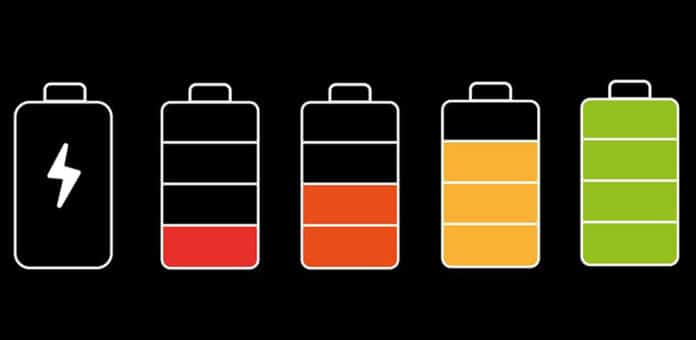The key to advancing lithium-ion battery technology requires a better understanding of the dynamic processes in functioning materials under realistic conditions. Imaging of lithium-ion dynamics during battery operation requires sophisticated synchrotron X-ray or electron microscopy techniques.
However, these techniques lend themselves to high-throughput material screening. This limits rapid and rational materials improvements.
To study what’s happening inside a battery, the Cambridge team developed an optical microscopy technique called interferometric scattering microscopy to observe these processes at work. The technique help scientists determine the speed-limiting processes, which, if addressed, could enable the batteries in most smartphones and laptops to charge in as little as five minutes.
In addition, the technique could accelerate the development of next-generation batteries.
Using the technique, scientists observed the charge-discharge cycle of individual particles of lithium cobalt oxide. They did so by measuring the amount of scattered light.
They were able to see the LCO going through a series of phase transitions in the charge-discharge cycle. The phase boundaries within the LCO particles move and change as lithium ions go in and out.
Scientists found that the mechanism of the moving boundary is different depending on whether the battery is charging or discharging.
Dr. Akshay Rao from the Cavendish Laboratory, who led the research, said, “We found that there are different speed limits for lithium-ion batteries, depending on whether it’s charging or discharging. When charging, the speed depends on how fast the lithium ions can pass through active material particles. When discharging, the speed depends on how fast the ions are inserted at the edges. So if we can control these two mechanisms, it would enable lithium-ion batteries to charge much faster.”
“Given that lithium-ion batteries have been in use for decades, you’d think we know everything there is to know about them, but that’s not the case. This technique lets us see just how fast it might be able to go through a charge-discharge cycle. What we’re looking forward to is using the technique to study next-generation battery materials – we can use what we learned about LCO to develop new materials.”
Professor Clare Grey, from Cambridge’s Yusuf Hamied Department of Chemistry, who co-led the research, said, “The technique is a quite general way of looking at ion dynamics in solid-state materials so that you can use it on almost any type of battery material.”
“The high throughput nature of the methodology allows many particles to be sampled across the entire electrode and, moving forward, will enable further exploration of what happens when batteries fail and how to prevent it.”
“This lab-based technique we’ve developed offers a huge change in technology speed so that we can keep up with the fast-moving inner workings of a battery. The fact that we can see these phase boundaries changing in real time was really surprising. This technique could be an important piece of the puzzle in the development of next-generation batteries.”
Journal Reference:
- Alice J. Merryweather et al. ‘Operando optical tracking of single-particle ion dynamics in batteries.’ Nature (2021). DOI: 10.1038/s41586-021-03584-2
